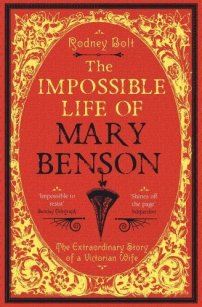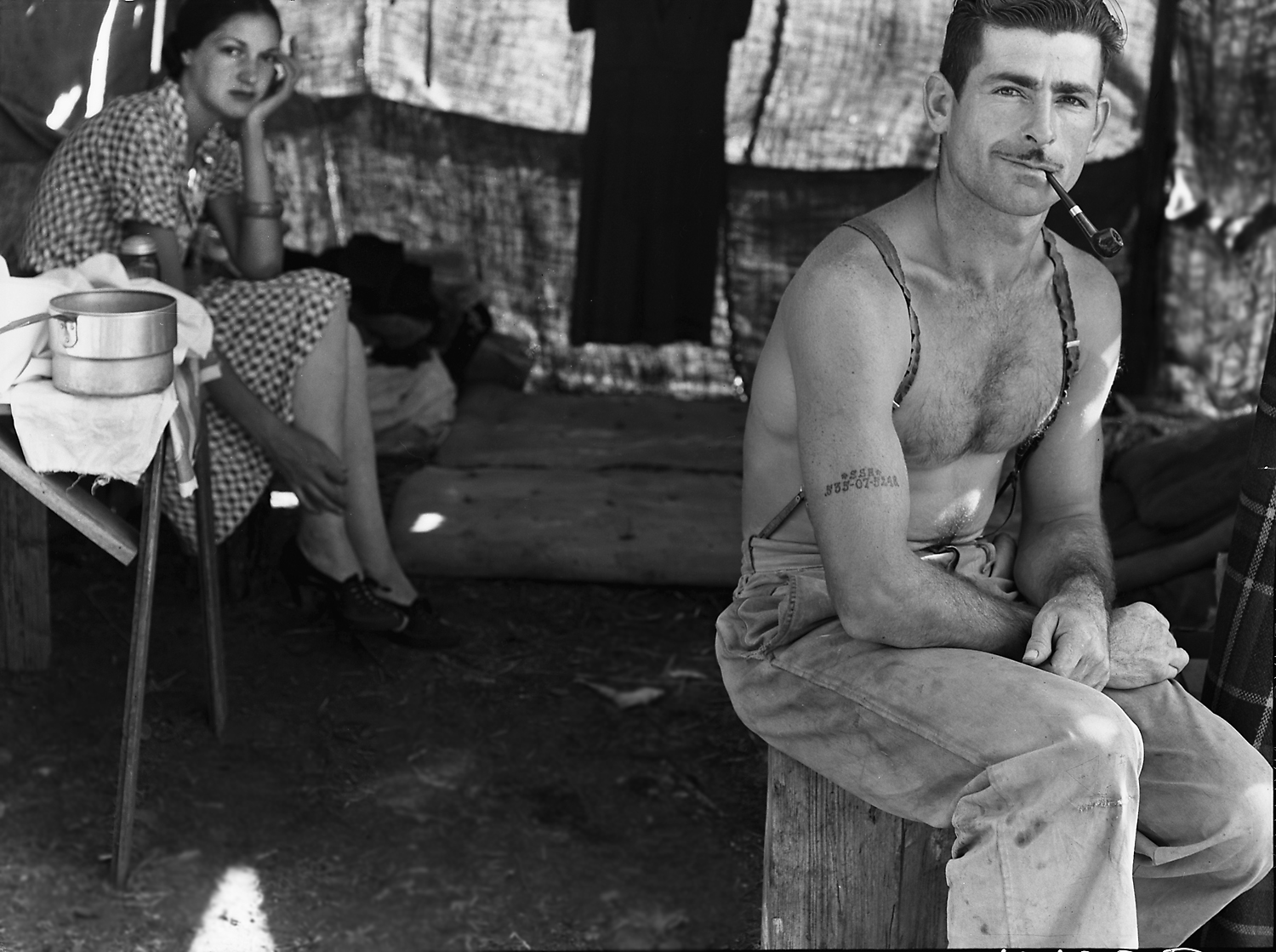
(British Museum, 2 May-28 July 2024)
So, if anyone has been wondering why I’ve dropped off the radar for the past two years, this is the reason… I’m very excited to be able to share this with you at last, and it’ll probably be the first of several posts as we lead up to the opening on 2 May.
Late in 1534, Michelangelo Buonarroti said goodbye to his native city of Florence for what would be the final time. He was 59 years old. Leaving behind his family – his brothers, and his nephew and heir Leonardo Buonarroti – he headed south to Rome, to pick up the threads of his life there, and to turn his attention to one of the most challenging commissions he’d had to date: The Last Judgment, in the Sistine Chapel. By the standards of the age, he was old, and he could reasonably have expected The Last Judgment to form a kind of swansong to a glittering career.
However, it turned out to be merely the beginning of a new chapter, which would last for a further thirty years. And, in that time, he’d be busier than ever before. The story of Michelangelo’s last decades – as he juggled papal demands with the challenges of physical ill-health, bereavement, and spiritual disquiet – form the subject of a British Museum exhibition (2 May-28 July 2024). And they’ll emphasise, I hope, the deeply relatable humanity of a figure regarded, even by his own contemporaries, as ‘divine’.
Continue reading

















